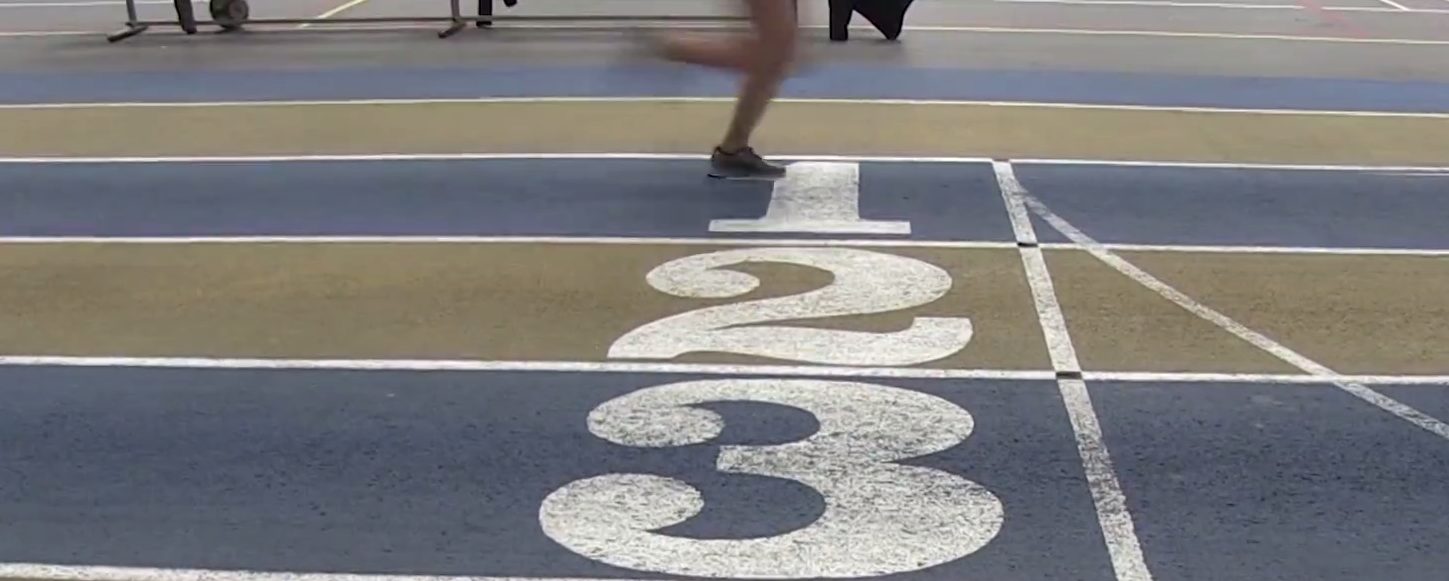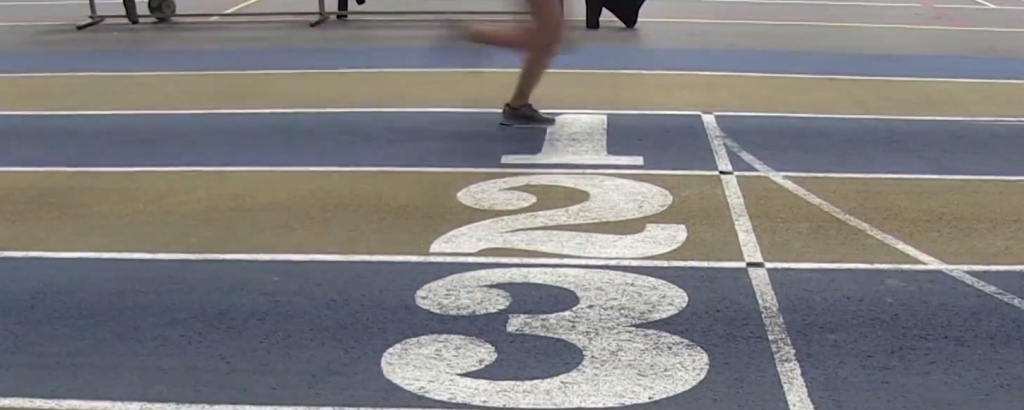How to incorporate interval training

 If asked what’s the best running workout to get faster and stronger quickly, many will likely respond with one of two, often interchangeable, words: speedwork and intervals.
If asked what’s the best running workout to get faster and stronger quickly, many will likely respond with one of two, often interchangeable, words: speedwork and intervals.
Interval training is, without doubt, the most overused, yet least understood, term in a runner’s lexicon.
Interval training is speed work. The basic idea being to run at a higher intensity for a shorter period with rest between. The intensity period can vary greatly in terms of distance and time and depends mostly on the race distance you’re training for.
Type of intervals
Short, all-out efforts: Often referred to as strides, these 50 to 100 metre bursts of speed that take 30 seconds or less aim to develop neuro-muscular coordination, and establish good biomechanics and running form. Strides should be done once or twice each week at the end of an easier run with complete recovery — walking or slow jogging — in between. If possible, do them on a softer surface such as grass, dirt or crushed gravel.
Sample: Run easy for 40 minutes then complete 5 to 10 strides that last 20 – 30 seconds.
“Short” intervals: Sometimes considered true speed work and often run on the track, intervals between 200m and 800m aim to stress and develop the anaerobic system and increase VO2 max. They’re ideal for 5K and 10K race preparation. Do these workouts once a week.
Sample: 12-24 x 200m at 5K pace with 200m easy between, or 6-12 x 400m at 10K pace with 400m easy in between.
Fartlek intervals: Fartlek means “speed play” in Swedish and are intervals without a set distance or time. They can be incorporated into almost any type of run but, if done right, become a workout in themselves. To do it, simply pick up the pace for a set period. It can be until the next tree, lamp-post or upcoming hill or simply when you’re feeling tired and need a rest. This type of run is ideal for leaning to run by feel. Don’t worry too much about using a watch or GPS.
Sample: On a regular run lasting 30-60 minutes, try adding four to eight fartlek intervals at a comfortable pace.
Anaerobic intervals: These intervals are meant to test the anaerobic system and should be no more than five minutes, up to one mile in length. Workout such as 800m and 1K repeats are good examples of this. They’re ideal for races of 10K and to the half-marathon. Run them at 10K pace.
Sample: 6-8 x 800m at 10K pace with 400m easy in between, or 4-6 x 1,000m at 10K pace with 800m easy in between. You can also try a ladder: 400m-800m-1,200m-1,600m-1,200m-800m-400m at 10K pace with 400m easy between.
Cruise intervals: Longer intervals done at around anaerobic threshold — 10K to half-marathon race pace — with short periods of rest. These intervals offer the same aerobic and endurance benefits as a tempo run but are easier psychologically due to the brief periods of rest in between. The intervals are often a kilometre or mile in distance but can also be longer, up to 3K or two miles and usually not longer than 12-15 minutes in length. The rest and recovery period between intervals should be short: 30 seconds to three minutes. Be careful not to run too fast or you’ll begin to stress the anaerobic system and tire out quickly. These intervals are ideal for those training for longer races, the half-marathon and marathon in particular. They should be done only once a week with a rest or recovery day before and after.
Sample: 4-6 x mile at half-marathon pace with 1K easy between, or 3-5 x 2K at half-marathon pace with 1K easy between


